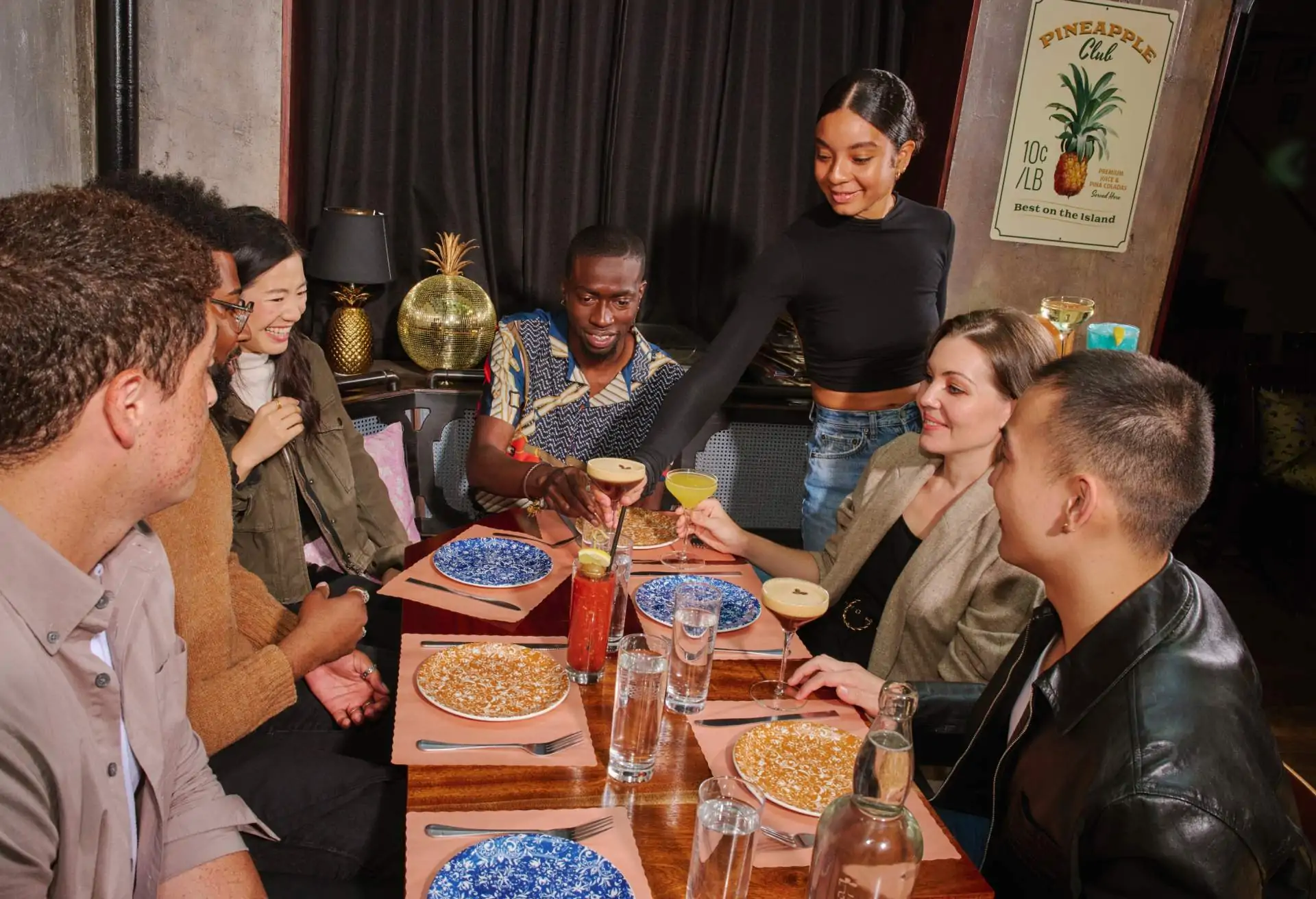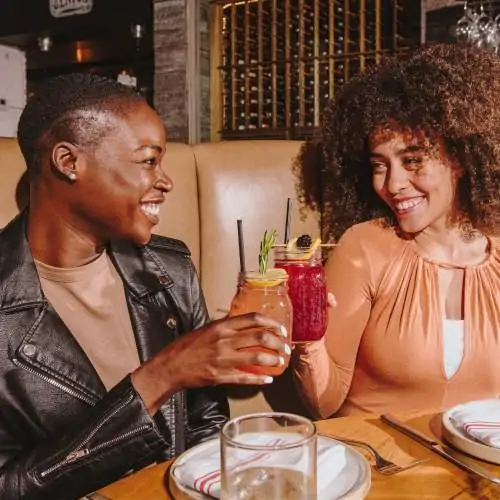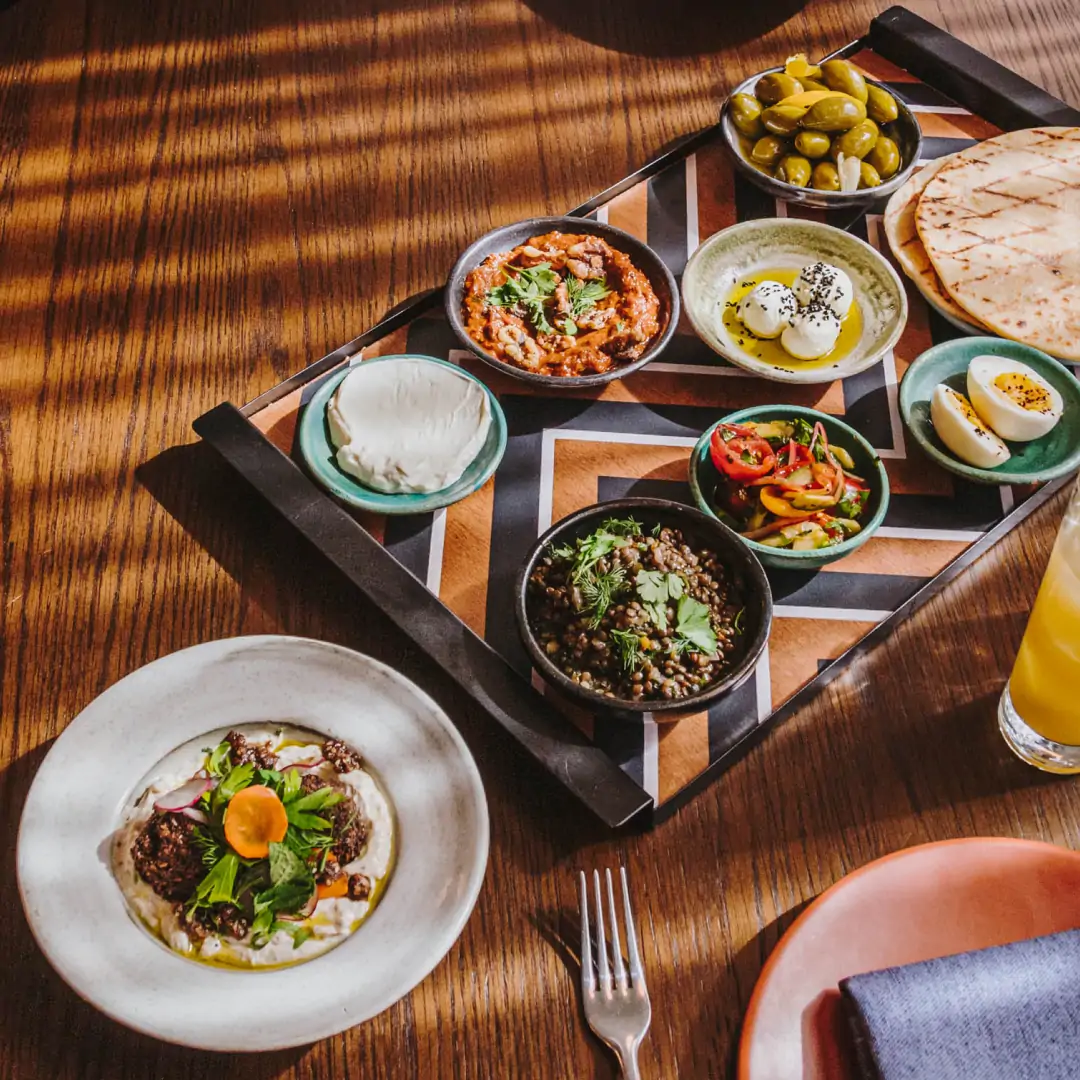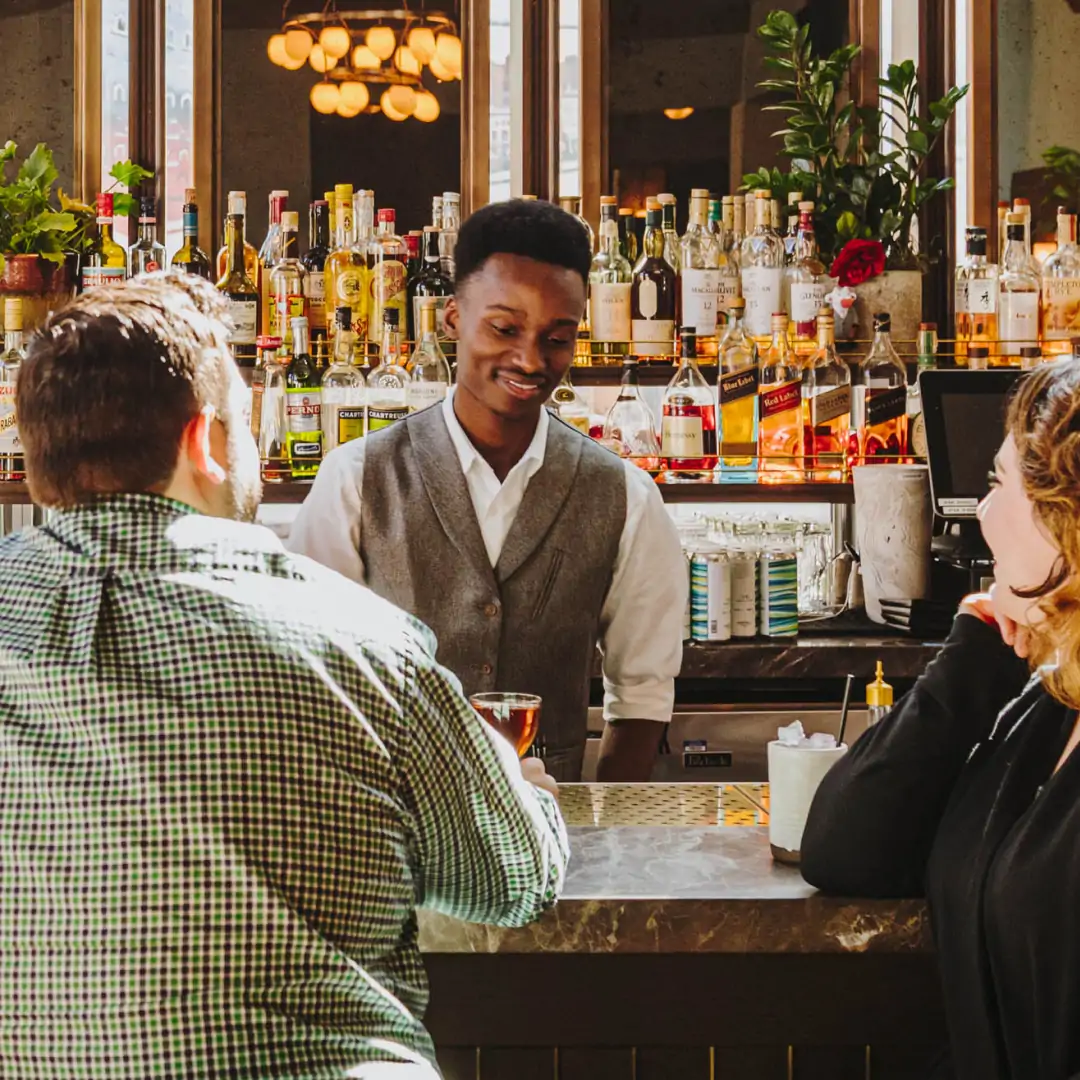Find out how to improve service in a restaurant with simple strategies. Learn how to welcome a guest in a restaurant and how to keep them coming back.
The best restaurants go beyond serving flawless food and provide guests with welcoming hospitality that makes them feel like a VIP. Regardless of how great the food is, people won’t return to a restaurant if the service stumbles.
The question of how to improve service in a restaurant is important. The challenge is that great service isn’t any one thing. To improve it, you must attend to the entire guest experience. Everything counts, starting with the way guests are greeted.
Try these 12 strategies to improve the guest experience, and your reputation for superb service will soar.
Jump links
How to welcome a customer in a restaurant
How to use guest data to improve service
How to personalize hospitality
How to level up team training
How to manage guest waits
How to increase order accuracy
How to handle complaints
How to add table touches
How to learn from online reviews
How to create a memorable experience
How to tailor experiences for special occasions
How to take care of your team
1.) How to welcome a customer in a restaurant
First impressions count when it comes to how a guest views their experience. Each visitor should be treated like a guest in your home.
As soon as diners come through the door, greet them. Say hello and smile. Welcome them by name if possible. (More on this in a minute.) Try to seat them promptly or offer them a pleasant place to wait. Don’t forget to keep them updated with accurate information about their wait time.
2.) How to use guest data to improve service
It isn’t possible for a restaurant owner, manager, or host to have every returning guest’s name memorized. Use the information in Guest Book to welcome as many guests by name as possible. Check the pre-shift digest to refresh your memory on all the returning guests. Glance at it just before reservation times so you can say, “Welcome back, Jane!” with total confidence and sincere warmth.
3.) How to personalize hospitality
According to a report from Twilio, 56% of consumers say they’ll become repeat buyers after a personalized experience. Personalized hospitality can give a restaurant a big advantage. A well-built guest profile provides an instruction book for how to delight each guest during their dining experience. It should include water and wine preferences; any birthdays, anniversaries or other special occasions; menu likes and dislikes; plus any other bits of information you’ve learned. Preshift reports with these insights lead to hospitality that turns diners into loyal guests.
4.) How to level up team training
Front of the house training should go beyond the nuts and bolts of providing service. In addition to teaching the POS system and your style of serving etiquette, it should include your expectations for friendliness. Remind the team to look guests in the eye, to smile at people, and to say thank you.
It may seem like these aspects of service should go without saying, but it can be easy to lose track of their importance during a hectic shift. Make them part of the onboarding training and remind the team of the importance of friendliness and courtesy often.
5.) How to manage guest waits
In a busy restaurant, it’s unavoidable that sometimes guests will need to wait for a table. Walk-in guests may be prepared to wait, especially during a busy Friday or Saturday night. Using an online waitlist can improve the experience significantly. With their place secure on the waitlist, they can roam around the neighborhood, knowing they’ll get a notification when their table is ready. For the restaurant, this helps keep the entryway clear. It also means you can give people an accurate wait time.
If a group has a reservation, they may be less understanding about having to wait. Make sure you show them to a comfortable area to hang out until their table is ready. Waits can ding your marks for service from guests, but it is possible to smooth it over. If possible, comping them with a drink or small snack can go a long way.
6.) How to increase order accuracy
If a guest gets a plate of skate when they actually ordered the steak, it can make them think less of a restaurant’s service. No matter what you do, there will always be the occasional error. But simple steps can go a long way to increasing accuracy. First of all, ask servers to write orders down at the table instead of trying to remember them. And consider offering digital ordering. There are some cases where digital ordering doesn’t lend itself to a restaurant’s atmosphere, but if it’s a fast-casual spot, giving guests the option to place their own orders reduces the likelihood of mistakes.
7.) How to handle complaints
Order mistakes, long waits, sold-out menu items, and lack of cleanliness are all negative experiences that can lead to complaints. When confronted with a complaint it helps to remember that at least the person is making the complaint in the moment, when it can be fixed, instead of taking their gripes online for all the world to see.
Keep calm, hear them out, and try to solve the problem. Listening to guest experiences with kindness is sometimes all it takes to resolve the issue. If it’s a wrong order, cold food, or anything you can fix immediately, do it. Comping a bungled food item, a round of drinks, or dessert can fully redeem a restaurant in some guests’ eyes.
8.) How to add table touches
A table touch refers to a policy that asks the manager on duty to visit every table and talk to guests. It’s a way to increase customer care. A table touch means someone other than the server has the opportunity to ask guests how their meal is going while it’s still happening.
Table touches invite feedback you can respond to right away, increasing guest satisfaction in the process. Some guests will take the opportunity to tell you what their server is doing right or what their favorite menu item is. It’s a surefire way to take service to the next level.
9.) How to learn from online reviews
Not every guest will take their criticism to a restaurant directly, even if a manager comes by to ask how things are. Many will take their complaints to social media or online to leave a bad review. It can be tempting to put blinders on and avoid reading them, but there’s a lot to be gained from staying on top of online ratings and reviews. Reputation management tools make it easier.
Responding to people who have left negative reviews can sometimes result in improved ratings. According to research from Harvard Business School, a single-star increase on Yelp can increase a restaurant’s revenue by 5% to 7%.
Most of all, use those reviews to identify areas that need improvement. Notice any patterns. This goes for positive reviews, too. They can reveal strengths you can double down on.
Check out our guide to nailing your restaurant survey questions to get great insights.
10) How to create a memorable ambiance
The vibe of your restaurant shapes how guests feel during their visit. Think about the lighting, music, decor, and table settings. Do they match your restaurant’s style? Soft lighting helps people relax. Pick music that fits your concept but doesn’t drown out conversation. Add eye-catching art or design touches that show off your restaurant’s personality.
Clean, well-set tables with nice linens and shiny silverware make meals feel special. When you pay attention to these details, you create a space people want to come back to. They might even tell their friends about it or show it off on social media. Attention to these details not only draws diners back but can also earn recognition, like the OpenTable Diners’ Choice Awards, where guests celebrate restaurants with standout atmosphere and charm.
11) How to tailor experiences for special occasions
Turn ordinary meals into unforgettable events with Experiences. Create and promote special dining options that go beyond your regular menu. You might design a seasonal tasting menu, host a wine pairing dinner, or offer a behind-the-scenes kitchen tour. For celebrations, consider packages like a “Romantic Date Night” with champagne and dessert included.
These unique experiences give guests a reason to choose your restaurant for special occasions or when they’re looking for something out of the ordinary. Offering add-ons enhances the dining experience. Guests can easily book these experiences through your website or OpenTable, making it simple for them to plan a remarkable night out. With customized experiences, you transform a typical dinner into a memorable event that guests will want to repeat and share with others.
12) How to take care of your team
When you’re focused on improving the guest experience, don’t overlook the true VIPs: your team. These are the people who directly take care of the guests. If your team is happy and engaged at work, it creates an atmosphere people want to dine in.
Talk to your employees about what is working well for them. Ask how you can support them. Offer opportunities for career growth and development. After all, your guest’s customer experience is totally in their hands.
Providing a guest experience to remember
No matter how successful, most restaurant owners are constantly looking for ways to improve the restaurant customer experience and increase customer loyalty. The 10 factors above can help you exceed customer expectations. The restaurant industry is competitive, and offering top-notch service gives you a major advantage.




